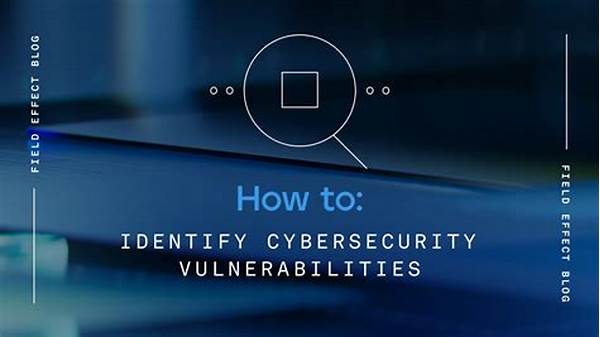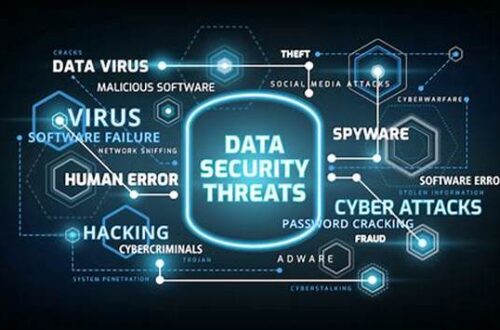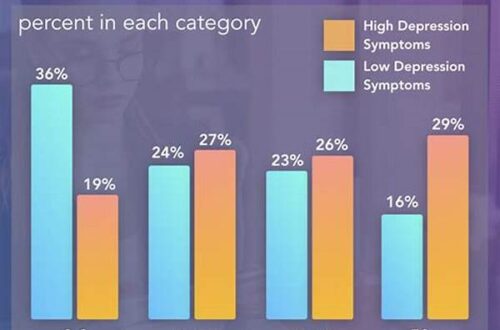In the modern corporate landscape, companies face an array of challenges to safeguard their sensitive information. Espionage, an insidious threat, undermines businesses’ integrity, financial stability, and competitive advantage. Identifying espionage vulnerabilities in companies is crucial for maintaining an impenetrable defense against such threats. As corporations expand and embrace digital transformation, the risk of unauthorized access and data breaches becomes ever more pronounced. To mitigate these risks, companies must adopt a proactive stance in recognizing and addressing their weaknesses. This article aims to elucidate the various facets of espionage vulnerabilities and provide actionable insights into safeguarding valuable corporate assets.
The Importance of Identifying Espionage Vulnerabilities in Companies
Identifying espionage vulnerabilities in companies is integral to preserving a company’s strategic capacity and long-term viability. With globalization and technological advances, businesses increasingly rely on digital systems for their operations. This reliance, while beneficial, has given rise to potential security loopholes that malicious entities might exploit. Espionage can manifest in various forms such as cyber attacks, insider threats, and corporate sabotage, each posing a significant threat to a business’s proprietary information.
Furthermore, when these vulnerabilities remain unchecked, they can lead to substantial financial loss and damage to the company’s reputation, both of which bear long-term repercussions. The ability to effectively identify and address these vulnerabilities is critical, not only to preserve the organization from immediate threats but also to leverage security as a competitive advantage. By instituting comprehensive security protocols, employee training, and fostering an organizational culture that prioritizes data protection, companies can fortify themselves against potential espionage threats.
Ultimately, the importance of identifying espionage vulnerabilities in companies cannot be understated. In a world where data is often the most valuable asset, safeguarding such information becomes paramount. Looking ahead, companies must continually evolve their security measures to counteract sophisticated espionage strategies, thereby ensuring their continued success and integrity in a competitive market.
Strategies for Identifying Espionage Vulnerabilities in Companies
1. Conducting Regular Security Audits: Regular audits are essential for identifying espionage vulnerabilities in companies. These audits help pinpoint weak points within existing security frameworks, enabling organizations to make informed improvements.
2. Implementing Robust Cybersecurity Protocols: By deploying advanced cybersecurity measures, companies can monitor and protect against unauthorized access, significantly reducing the risk of espionage activities.
3. Employee Awareness and Training Programs: Ensuring employees are well-versed in recognizing and reporting suspicious activities is critical. Continual training heightens awareness, aiding in the early identification of potential threats.
4. Enhancing Physical Security Measures: Physical security remains a fundamental aspect of protecting corporate secrets. Measures like secure access control and surveillance can thwart attempts at espionage.
5. Developing Insider Threat Prevention Plans: Identifying espionage vulnerabilities in companies necessitates focusing on insider threats. Developing comprehensive prevention strategies can mitigate the risk posed by employees with malicious intent.
Challenges in Identifying Espionage Vulnerabilities in Companies
Identifying espionage vulnerabilities in companies is fraught with challenges, primarily due to the evolving nature of threats and complexities of modern business operations. Enterprises must cope with the dual challenge of protecting physical assets and securing digital information. The rapid pace of technological change continually alters the risk landscape, pushing companies to stay ahead in their security measures. Despite considerable investments in security infrastructure, vulnerabilities often arise from unexpected quarters, making the identification process daunting and resource-intensive.
Moreover, the human element introduces another layer of complexity. Employees, whether inadvertently or intentionally, may become conduits for espionage activities. The task of differentiating between benign employee behavior and potential threats is intricate, requiring a nuanced understanding of organizational dynamics and human behavior. Recognizing these vulnerabilities necessitates heightened vigilance, continuous education, and the fostering of a corporate culture that prioritizes security and ethical vigilance.
Case Studies Highlighting the Importance of Identifying Espionage Vulnerabilities in Companies
1. A High-Profile Cyber Breach: When an international tech giant was targeted in a complex cyber attack, identifying espionage vulnerabilities in companies was underscored. The breach exposed critical weaknesses and led to the revision of cybersecurity strategies.
2. Insider Threat Impact: A financial institution faced substantial losses due to insider espionage. By identifying vulnerabilities, the company implemented stricter access controls and employee monitoring systems to prevent future occurrences.
3. Manufacturing Sector Leak: A leading manufacturing company suffered a leak of proprietary designs. Post-incident, a focus on identifying espionage vulnerabilities in companies drove an overhaul of both digital and physical security measures.
4. Pharmaceutical Industry Threats: Espionage threats in pharmaceuticals revealed flaws in data protection protocols. Addressing these vulnerabilities, companies introduced advanced encryption and employee training to safeguard intellectual property.
5. Retail Sector Data Breach: A major retail firm’s experience with a data breach emphasized the need for identifying espionage vulnerabilities in companies. Enhanced incident response strategies were developed to prepare for future threats.
Preventative Measures for Identifying Espionage Vulnerabilities in Companies
Preventing espionage begins with a systematic approach to identifying espionage vulnerabilities in companies. Engaging in comprehensive risk assessments enables organizations to understand their unique threat landscape. Proactive identification of potential vulnerabilities extends beyond cybersecurity and encompasses assessing physical and operational security as well. Instituting a robust security policy that dictates the management and protection of sensitive information is a foundational step.
Furthermore, investing in modern surveillance tools and technologies contributes to pre-emptively identifying vulnerabilities. Security information and event management (SIEM) systems, which provide real-time analysis of security alerts, serve as critical components of an organization’s defense arsenal. Building and maintaining an incident response capability ensures that companies are not only prepared to identify espionage threats but can also respond swiftly to mitigate their impact.
Developing a security-conscious organizational culture cannot be overstated. Encouraging employees to remain vigilant and report suspicious activities fosters a collective responsibility for company security. Continuous education and training programs equip employees with knowledge about evolving threats, embedding security practices in day-to-day operations. In essence, identifying espionage vulnerabilities in companies is a dynamic process that requires perpetual reinvention and commitment throughout the organization.
Technological Solutions for Identifying Espionage Vulnerabilities in Companies
The role of technology in identifying espionage vulnerabilities in companies is increasingly critical. Leveraging artificial intelligence and machine learning facilitates the detection of unusual patterns linked to potential espionage activities. These technologies enable the automation of threat detection processes, helping organizations quickly identify emerging vulnerabilities.
Incorporating blockchain technology can enhance data integrity and transparency, thus reducing the risks associated with data manipulation attempts. Blockchain’s decentralized nature provides an additional layer of security, enhancing trust in data transactions within and outside the organization.
Moreover, advanced encryption techniques are indispensable in protecting sensitive data from unauthorized access. Encrypted communication and data storage ensure that even if data is intercepted, it cannot easily be exploited. Utilizing multi-factor authentication systems fortifies access controls, thereby minimizing entry points for potential espionage agents.
Regular penetration testing complements these technological defenses by simulating real-world attacks to identify vulnerabilities. An iterative cycle of testing and improving systems is crucial to maintaining an evolving security posture. In summary, the integration of sophisticated technologies forms a cornerstone of efforts aimed at identifying espionage vulnerabilities in companies, empowering them to stay ahead of potential threats.
Conclusion: The Path Forward in Identifying Espionage Vulnerabilities in Companies
Identifying espionage vulnerabilities in companies is an ongoing effort that demands relentless attention and resource allocation. As threats evolve, so too must the strategies for mitigating them. Adhering to a holistic security approach that combines technological advancements with a commitment to nurturing a security-minded corporate culture will be key in safeguarding organizational assets.
It is imperative that companies recognize the multi-faceted nature of these vulnerabilities and adopt comprehensive measures that encompass physical, digital, and human elements. Asserting control over these domains not only equips organizations to respond effectively to espionage attempts but also enhances resilience against unforeseen challenges. A continuous learning and adaptation mindset will ensure that companies can decisively counter espionage threats while preserving their market standing.
Ultimately, identifying espionage vulnerabilities in companies solidifies their defense mechanisms, securing the foundation for sustained growth and innovation. By remaining vigilant and proactive, organizations can effectively navigate the complexities of corporate security in the digital age, thereby ensuring a future secure from espionage-related disruptions.





